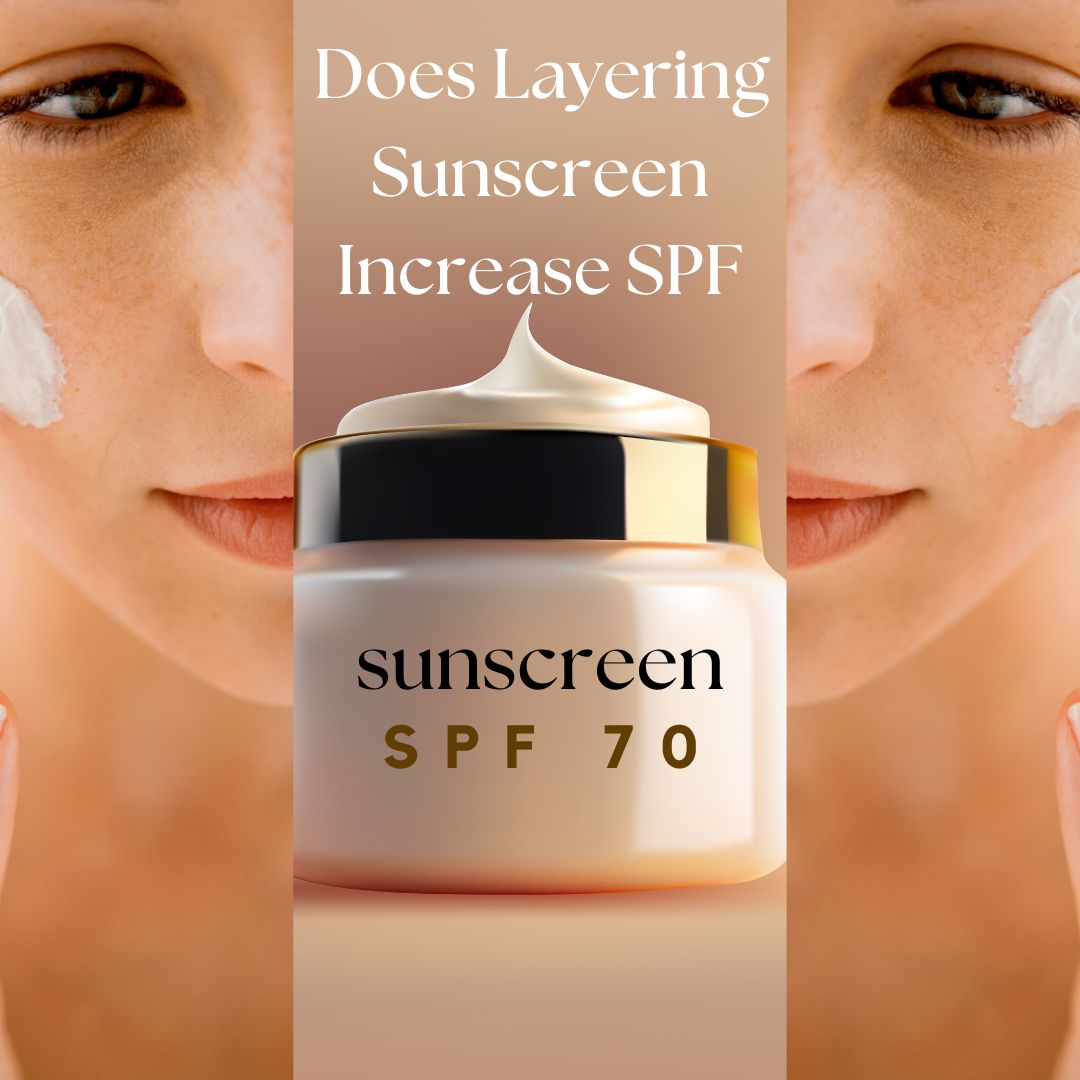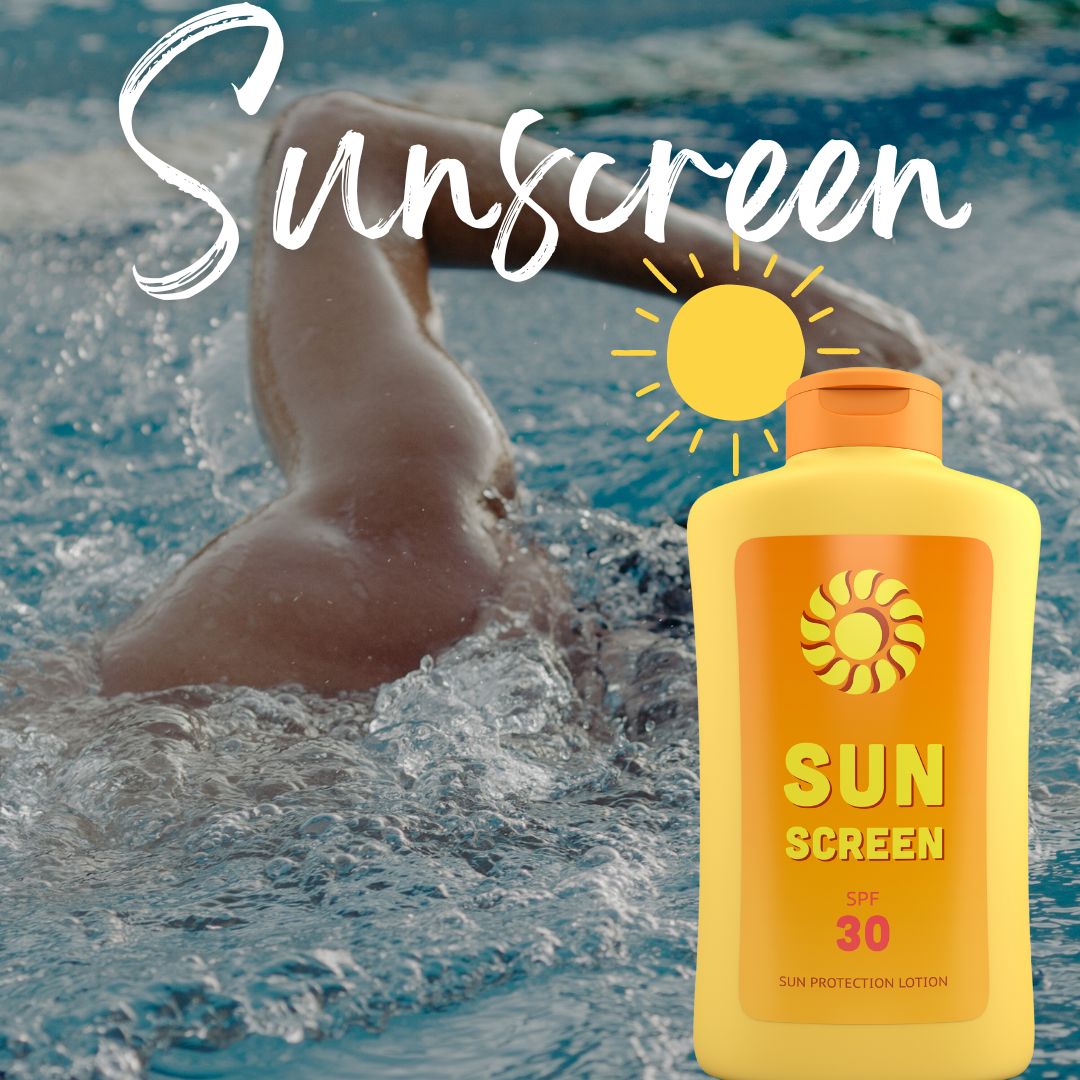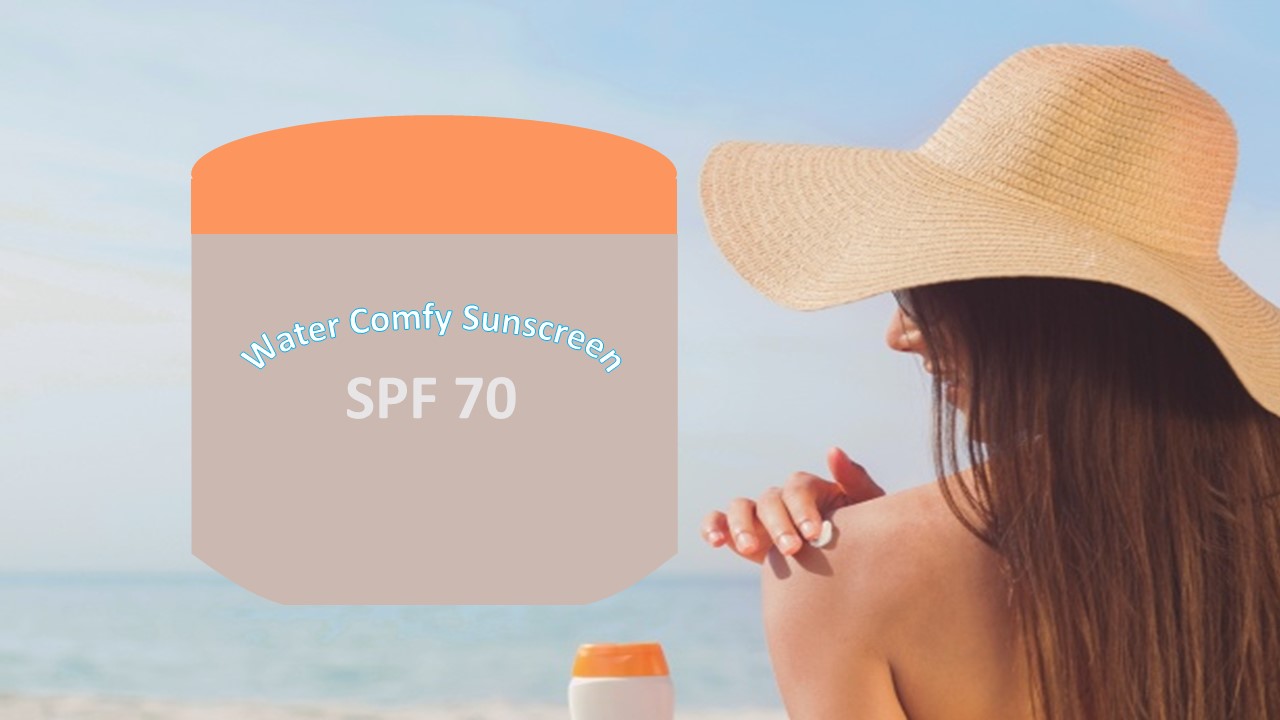Can You Tan With Sunscreen SPF 50 – Everything You Want To Know
If you love being outdoors, especially at the beach, you may wonder, “Can you tan with sunscreen SPF 50?” The plain answer is yes, you can tan while using sunscreen with SPF 50. However, the dynamics between sunscreen and tanning merit a closer look.
Recent studies have shown that while SPF 50 sunscreen provides robust protection against harmful UVB rays, it doesn’t completely impede the tanning process. A comprehensive analysis reveals that SPF 50 sunscreen effectively prevents sunburn and reduces the risk of skin damage, yet it allows enough UV radiation for a gradual, safer tan to develop.
This article will explore the intricate relationship between sunscreen and tanning, debunk common myths, and offer practical tips on responsible sun exposure. From understanding the science behind SPF to selecting the right sunscreen for your skin type, we aim to clarify how to achieve good skin health.
Can You Tan With Sunscreen SPF 50
Yes, you can tan with sunscreen SPF 50. While SPF 50 provides high-level protection against harmful UVB rays, it doesn’t completely block out all UV radiation.
Research indicates that SPF 50 sunscreen effectively prevents sunburn and reduces the risk of skin damage, yet it allows enough UV exposure for a gradual tan to develop. The key lies in understanding the balance between sun protection and achieving that sun-kissed glow.
Preventing a tan with SPF 50 involves finding a balance between enjoying the sun responsibly and minimizing the risk of sunburn and long-term skin damage.
It’s necessary to apply sunscreen generously and frequently, reapplying as recommended, while also including other sun safety practices such as seeking shade, wearing clothing that protects you and avoiding outdoors during the peak sunlight hours.
This way, you can embrace the sun’s benefits while prioritizing your skin’s health and minimizing the risks associated with excessive UV exposure.
RELATED: Can Sunscreen Prevent Tanning – The Truth Now
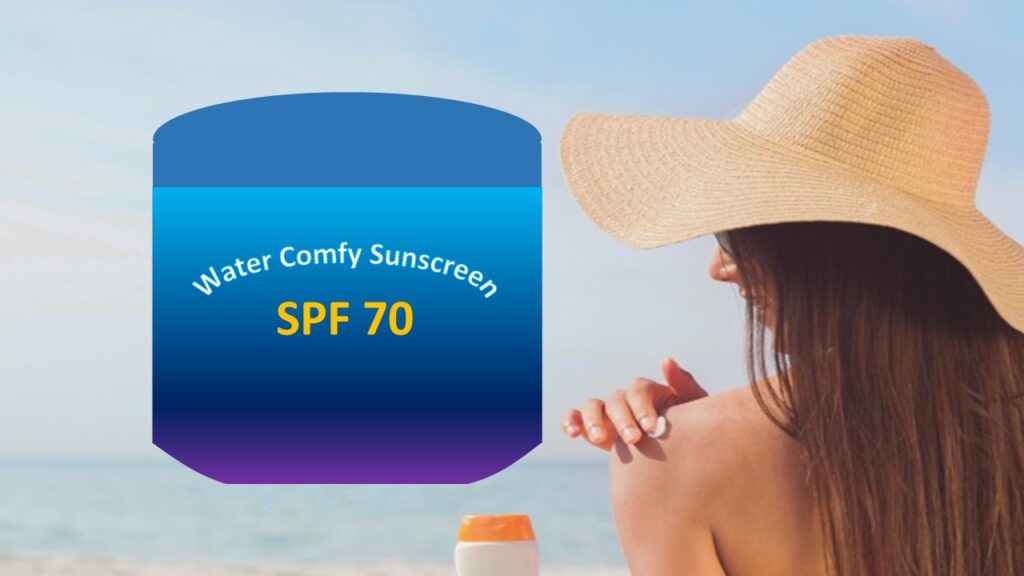
How Long Does It Take To Tan With SPF 50
The exact duration to achieve a tan with SPF 50 depends on how long you spend in the sun, the intensity of the sunlight, and your skin’s natural response to UV exposure.
According to a report, considering the rate of burning with unprotected skin taking 10 minutes to show signs of burning, the impact of different SPF levels becomes more evident:
- With SPF 50, the burning rate could be 50 times longer, making it 500 minutes (more than eight hours) before signs of burning become apparent.
- For SPF 30, the rate of burning would be 30 times longer, extending the time to 300 minutes (approximately five hours).
- With SPF 15, the rate of burning increases by 15 times, making it take 150 minutes (an hour and a half) longer to show signs of burning.
However, it’s crucial to note that in practical scenarios, continuous sun exposure can diminish the effectiveness of sunscreen.
Reapplication every couple of hours is advisable to maintain protection and prevent potential burning. These considerations underscore the importance of responsible sun care practices, including regular sunscreen application and reapplication for prolonged sun exposure.
Best Sunscreen To Prevent Tanning
When it comes to prioritizing skin health, the choice of sunscreen plays a pivotal role. The best sunscreen to prevent tanning isn’t just about blocking the sun; it’s a delicate balance of protection and radiance. Here are some of the best sunscreen to prevent tanning:
Product Image | Product Name | Key Features | Rating | Price |
| ||||
| ||||
| ||||
| ||||
| ||||
|
What is SPF and How Does It Work?
SPF, or Sun Protection Factor, is a measure of a sunscreen’s ability to shield the skin from the harmful effects of ultraviolet (UV) radiation. UV radiation from the sun comes in two main forms: UVA and UVB. UVA rays contribute to premature aging, while UVB rays are primarily responsible for sunburn.
SPF is a numerical indicator representing the degree of protection a sunscreen provides against UVB rays.
For instance, if you normally experience sunburn after 10 minutes of unprotected sun exposure, applying an SPF 30 sunscreen theoretically allows you to stay in the sun 30 times longer without burning, extending your protection to around 300 minutes.
Sunscreen works by reflecting, absorbing or scattering the UV radiation that gets to the skin. Chemical filters in the sunscreen absorb UV rays, transforming them into harmless heat, while physical blockers like zinc oxide and titanium dioxide reflect or scatter the rays away from your skin.
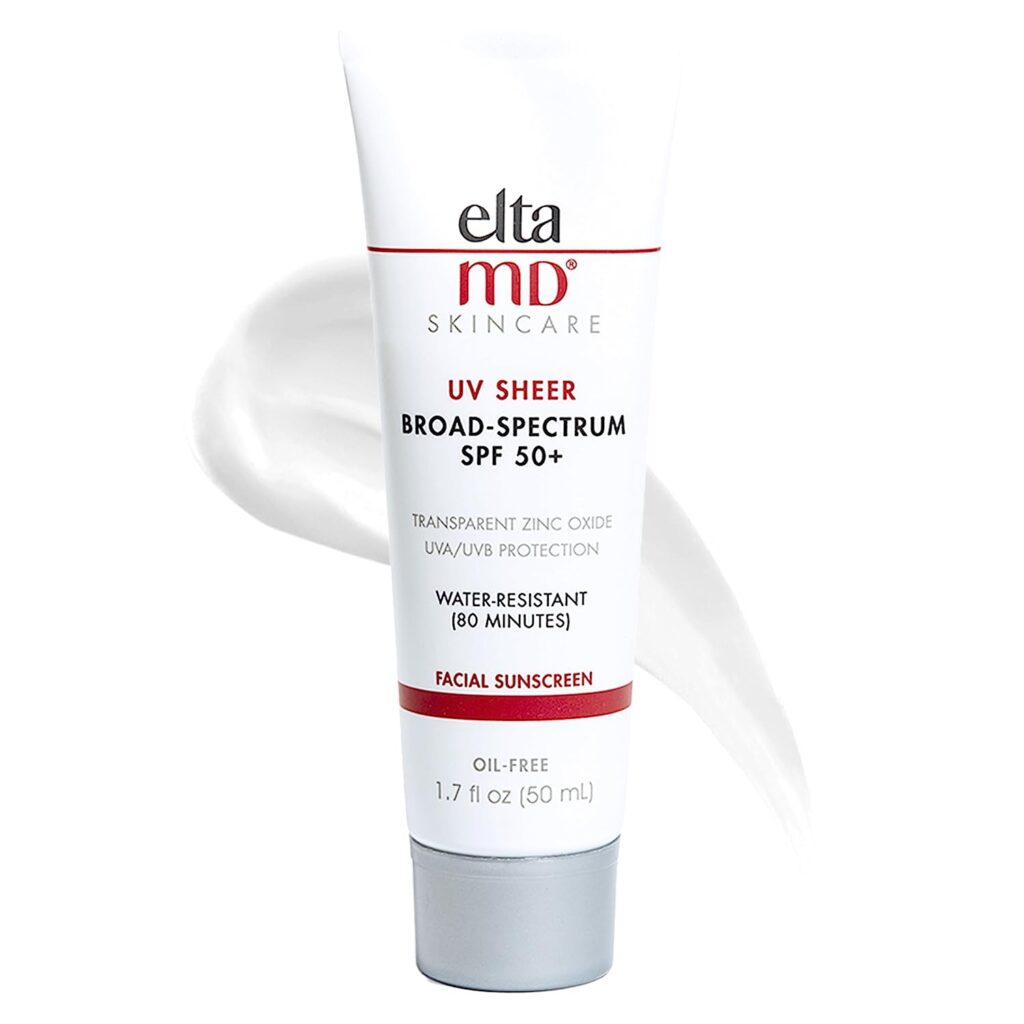
Sunscreen and Tanning: How Sunscreen Affects the Tanning Process
Sunscreen plays a vital role in protecting your skin from the harmful effects of UV radiation, primarily preventing sunburn and minimizing the risk of skin damage.
However, its impact on the tanning process is nuanced. Contrary to a common belief, sunscreen does not completely hinder the ability to tan; rather, it alters the process.
Sunscreen, particularly those with higher Sun Protection Factor (SPF) values like SPF 50, acts as a barrier against UVB rays, the primary culprits behind sunburn. UVB rays are responsible for triggering the skin’s defense mechanism, leading to the production of melanin—the pigment responsible for skin color.
When you apply sunscreen, it reduces the intensity of UVB exposure, slowing down the sunburn reaction and subsequently affecting the speed of the tanning process.
RELATED: Who Should Wear Sunscreen?
How To Apply Sunscreen Correctly (Can You Tan With Sunscreen SPF 50)
Ensuring effective protection against the harmful effects of UV radiation begins with the proper application of sunscreen. The significance of this process extends beyond mere coverage; it directly impacts the sunscreen’s ability to shield the skin from both UVA and UVB rays.
Proper application not only safeguards against sunburn but also contributes to the prevention of premature aging and long-term skin damage.
Tips on How to Apply Sunscreen Evenly and Reapply
- Apply Generously: Don’t skimp on sunscreen. Use a sufficient amount to cover all exposed skin surfaces thoroughly. Generally, a shot glass-sized amount is recommended for the entire body.
- Choose the Right SPF: Select a sunscreen with the right Sun Protection Factor (SPF) based on your skin type and the anticipated sun exposure. Higher SPF values, like SPF 30 or SPF 50, are advisable for prolonged or intense sunlight.
- Cover All Exposed Areas: Ensure comprehensive coverage by applying sunscreen to all exposed skin, including habitually neglected areas like the ears, neck, tops of feet, and the back of hands.
- Apply 15-20 Minutes Before Sun Exposure: Allow the sunscreen to be absorbed into the skin by applying it at least 15-20 minutes before going out in the sun.
- Reapply Every Two Hours: Sunscreen effectiveness diminishes over time, especially as you sweat or get exposed to water. Reapply every two hours, or more frequently if you are swimming or engaging in activities that cause sweating.
- Don’t Forget High-Risk Areas: Pay special attention to high-risk areas prone to sunburn, such as the nose, shoulders, and tops of the feet.
- Use Lip Balm with SPF: Protect your lips by using a lip balm with SPF to prevent sunburn and dryness.
- Consider Makeup with SPF: If you wear makeup, consider products that include sun protection to enhance overall coverage.
- Be Mindful of Clothing: Clothing provides additional protection. However, if areas are exposed, such as the face and hands, apply sunscreen to those regions as well.
- Check Expiration Dates: Sunscreen effectiveness diminishes over time. Check the expiration date and replace old products to ensure optimum protection.
How Long Does It Take To Tan In The Sun?
The time it takes to tan in the sun varies based on several factors, including your skin type, the sun’s intensity, as well as the use of sun protection. Here’s a general guideline, but keep in mind that individual responses to sun exposure can differ:
- Fair Skin (Type I): People with fair skin may start to tan in about 10 to 30 minutes of sun exposure, but they are also more prone to sunburn.
- Light to Medium Skin (Type II and III): Persons with light to medium skin tones may take around 10 to 30 minutes to develop a tan, with a reduced risk of immediate sunburn.
- Medium to Olive Skin (Type IV and V): Those with medium to olive skin may tan more quickly, typically within 30 to 60 minutes of sun exposure.
- Dark Skin (Type VI): Individuals with dark skin have a lower risk of sunburn but tan more quickly. Tanning may occur after 40 minutes or more in the sun.
It’s crucial to note that prolonged sun exposure without protection can lead to sunburn and increase the risk of skin damage and skin cancer. Sunscreen with a suitable SPF should be applied to protect your skin from harmful UV rays.
Additionally, responsible sun practices, such as seeking shade, wearing protective clothing, and avoiding peak sunlight hours, contribute to maintaining healthy skin while enjoying the sun.
Is It Safe To Tan With Sunscreen (Can You Tan With Sunscreen SPF 50)
Yes. Tanning with sunscreen is generally safe when done responsibly and in accordance with the product’s guidelines. Sunscreen is designed to protect the skin from harmful UV rays, primarily UVB rays that cause sunburn and contribute to skin damage.
Using sunscreen can help minimize these risks while still allowing for a gradual and controlled tanning process.
Here are some key points to consider:
- Sunscreen Protection: Sunscreen, especially with higher SPF levels like SPF 30 or SPF 50, provides effective protection against UVB rays. This protection reduces the risk of sunburn, premature aging, and long-term skin damage.
- Balanced Exposure: Tanning with sunscreen allows you to balance tan with the need for skin protection. It helps avoid excessive UV exposure that can lead to sunburn or contribute to skin cancer.
- Gradual Tanning: Sunscreen doesn’t completely block UV rays, allowing for a controlled amount of exposure. This can lead to a gradual and safer tan without the associated risks of excessive sun exposure.
- Skin Health: Tanning with sunscreen is safer for overall skin health. It helps prevent the negative effects of UV radiation, such as wrinkles, sunspots, and an increased risk of skin cancer.
- Reapplication: It’s essential to follow proper sunscreen application guidelines and reapply as needed, especially after getting involved in water activities or sweating. Continuous and even coverage enhances its effectiveness.
However, it’s noteworthy that no amount of tanning is entirely risk-free. Prolonged and intense sun exposure, even with sunscreen, can contribute to skin damage.
Responsible sun practices, such as avoiding peak sunlight hours, seeking shade and wearing protective clothing should be integrated into any daily routine.
Anyone with a history of skin conditions, those taking certain medications, or people with a higher risk of skin cancer should consult with a healthcare professional for personalized advice on sun exposure and tanning.
The Long-Term Benefits Of Using Sunscreen For Overall Skin Health
Sunscreen isn’t just a barrier against sunburn; it’s your skin’s ally in the quest for enduring health and radiance. Consistent use of sunscreen is a proactive investment in the long-term well-being of your skin.
- Preventing Premature Aging: Sunscreen acts as a shield against the aging effects of UV radiation. By minimizing sun damage, it reduces the appearance of wrinkles, fine lines, and sunspots, ensuring a more youthful complexion over time.
- Reducing Skin Cancer Risk: The sun’s UV rays are a leading cause of skin cancer. Sunscreen forms a protective barrier, significantly lowering the risk of melanoma and other skin cancers. A simple daily routine can be your strongest defense against this potentially life-threatening condition.
- Maintaining Even Skin Tone: Sunscreen helps prevent hyperpigmentation, ensuring an even and radiant skin tone. Consistent use safeguards against the development of dark spots and discoloration caused by prolonged sun exposure.
The Dark Side of the Sun: Risks of Excessive Exposure
While we all love outdoors, the sun’s allure comes with risks. Excessive sun exposure without protection accelerates the aging process and heightens the likelihood of skin cancer.
- Premature Aging: UV rays break down collagen and elastin, leading to premature aging. Wrinkles, sagging skin, and loss of elasticity can result from prolonged, unprotected sun exposure.
- Increased Skin Cancer Risk: Long-term sun exposure is a major contributor to skin cancer. Melanoma, the deadliest form of skin cancer, is closely linked to repeated sun damage.
- Hyperpigmentation and Sunspots: Sunspots, discoloration, and uneven skin tone are common consequences of extended sun exposure. These not only affect appearance but also indicate potential skin damage.
Remember, the password to lasting skin health is a consistent and thoughtful approach to sun protection. Embrace the sunscreen habit, safeguard your skin from harm, and let your natural radiance shine through the years.
The Bottom Line On Can You Tan With Sunscreen SPF 50
The answer to the question “Can you tan with sunscreen SPF 50” is yes. The meticulous balance provided by SPF 50 sunscreen allows for controlled UV exposure, fostering a gradual and safer tanning process.
Embrace the sun responsibly, armed with the knowledge that SPF 50 not only shields against sunburn but also paves the way for a safe tan without compromising skin protection. Can you tan with sunscreen SPF 50? Indeed, yes.






